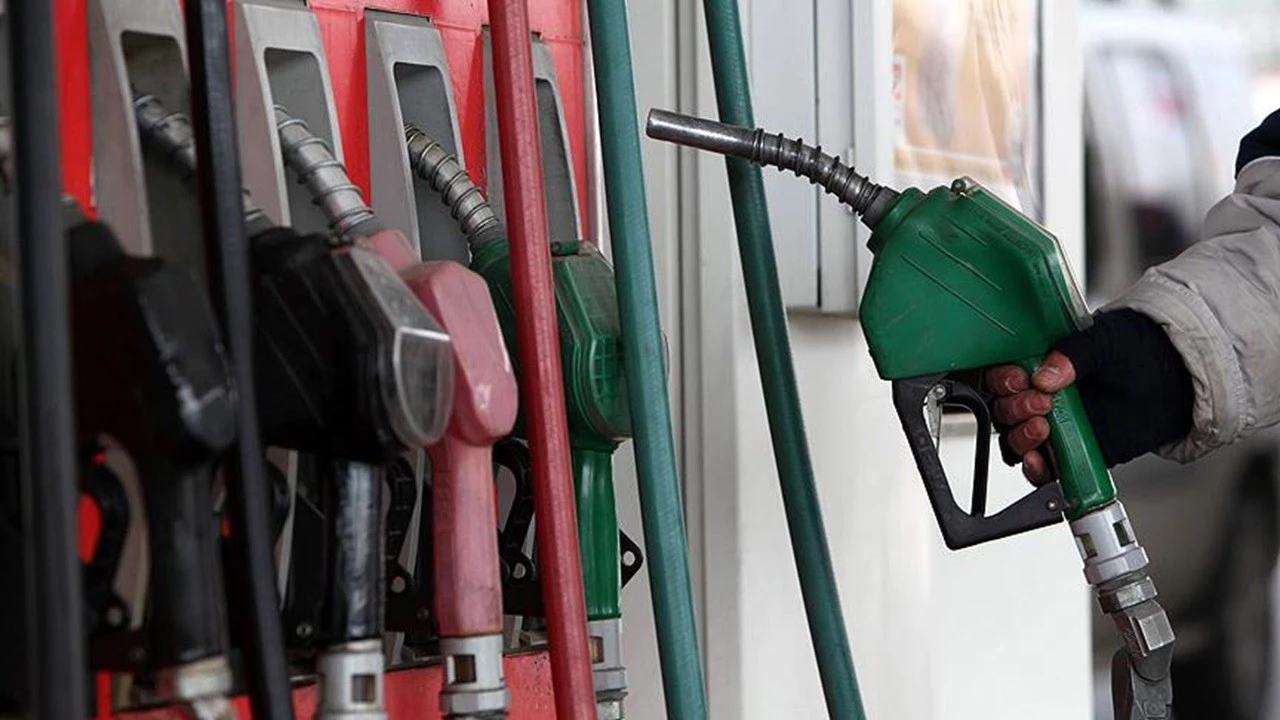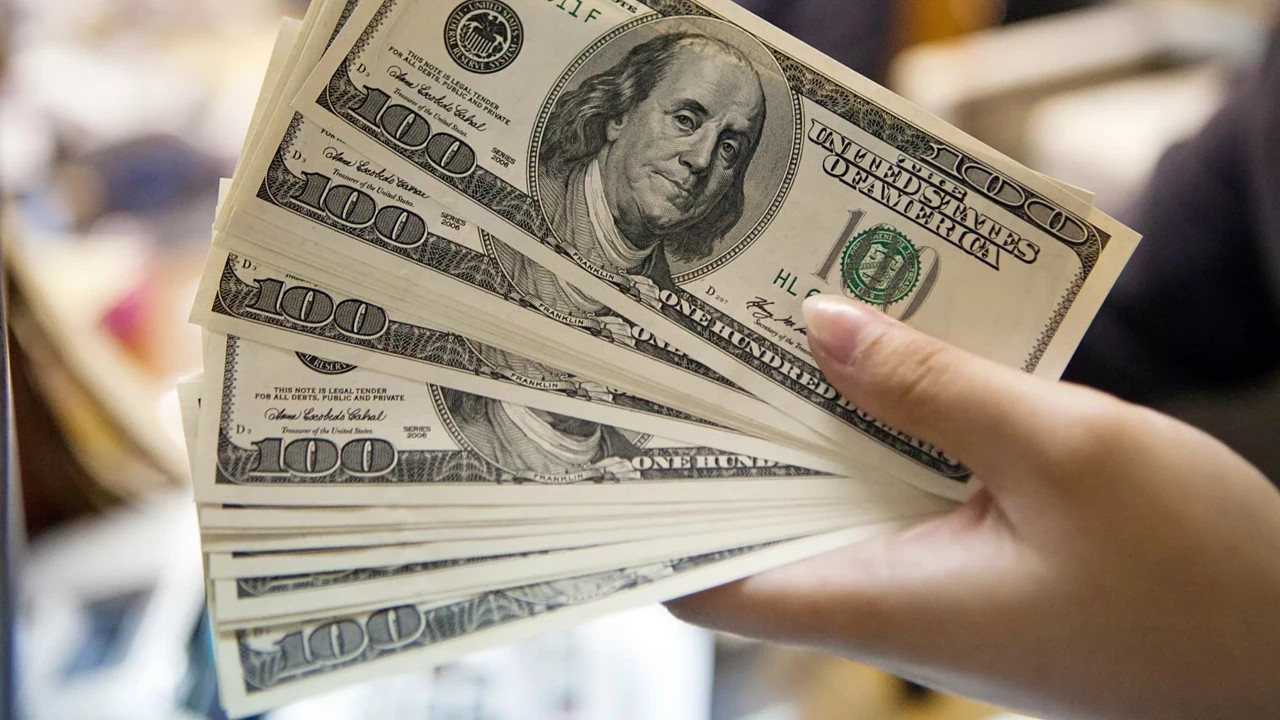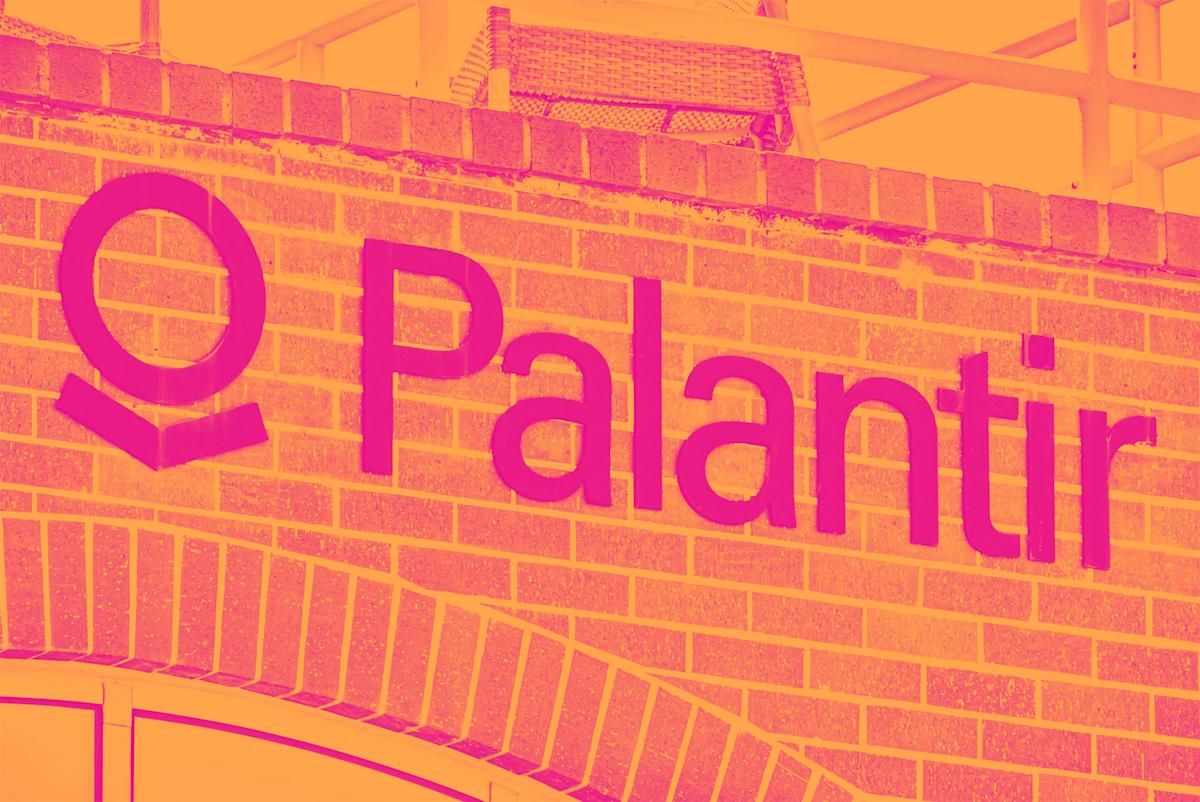
The Value of Procter & Gamble and Investment Opportunities


Procter & Gamble Assessment
Procter & Gamble (NYSE: PG) has an estimated fair value of 186 USD. The current stock price of 150 USD suggests that the company could be trading near its fair value. The price target determined by analysts of 169 USD is 9.2% below the estimated fair value.
Today, we will examine a valuation method used to assess Procter & Gamble's investment appeal. For this purpose, we will calculate the company's future cash flows and discount them to present value. We will use the Discounted Cash Flow (DCF) model for this. Don’t be intimidated by the complexity of the concepts; the math behind it is quite simple.
Companies can be valued in many ways, so it is important to note that the DCF model is not perfect for every situation. For the upcoming year, we have identified 21 American stocks that are expected to pay dividends above %6.
The two-stage model we use has two different growth rate periods for the company’s cash flows. Generally, the first phase starts with a higher growth rate, while the second phase is a period of lower growth. First, we need to estimate the cash flows for the next ten years. We will use analyst estimates whenever possible; if those are unavailable, we will subtract the most recent free cash flow (Free Cash Flow - FCF) from the last estimate or reported figure. It is assumed that companies with declining free cash flow will slow down, while those growing will see their growth rates decline over time. This reflects the slowdown in earlier years of growth.
A DCF is based on the idea that a dollar in the future is worth less than a dollar today. Therefore, we need to estimate by discounting the total of future cash flows to their present value:
2026: 15.8 billion USD
2027: 16.2 billion USD
2028: 17.0 billion USD
2029: 17.6 billion USD
2030: 18.1 billion USD
2031: 18.7 billion USD
2032: 19.3 billion USD
2033: 19.9 billion USD
2034: 20.5 billion USD
2035: 21.2 billion USD
Growth Rate Estimate Source
Analyst x2, Analyst x2, Analyst x1, Estimate @ %3.37, Estimate @ %3.28, Estimate @ %3.22, Estimate @ %3.18, Estimate @ %3.15, Estimate @ %3.13, Estimate @ %3.11
Discounted Cash Flow (millions of USD)
2026: 14.8k, 2027: 14.2k, 2028: 13.9k, 2029: 13.5k, 2030: 13.1k, 2031: 12.6k, 2032: 12.2k, 2033: 11.8k, 2034: 11.4k, 2035: 11.0k
Present Value of 10-Year Cash Flow (PVCF) = 129 billion USD
Now we need to move on to the terminal value calculation; this considers all future cash flows obtained during this ten-year period. For various reasons, a very conservative growth rate is used that does not exceed the GDP growth rate of a country. In this case, we used the 5-year average of 10-year government bond yields (%3.1) to estimate future growth. As with the 10-year growth period, we used a cost of equity per share of %6.8 to discount future cash flows to present value.
Terminal Value (TV) = FCF2035 × (1 + g) ÷ (r – g) = 21 billion USD × (1 + %3.1) ÷ (%6.8 - %3.1) = 591 billion USD
Present Value of Terminal Value (PVTV) = TV / (1 + r)10 = 591 billion USD ÷ (1 + %6.8)10 = 307 billion USD
The total value is the sum of the present value of cash flows over the next ten years and the present value of terminal values. In this case, the Total Equity Value was calculated to be 435 billion USD. With a share price of 150 USD, the company appears to be trading at a 19% discount to the share price. The assumptions made in the calculations have a significant impact on the valuation; therefore, it is best to consider this as a rough estimate rather than an exact figure.
The most important inputs for discounted cash flows are the discount rate and, of course, the actual cash flows. Part of investing is assessing a company’s future performance on your own. Therefore, try the calculations yourself and evaluate your assumptions. DCF does not take into account the cyclicality of an industry or a company's future capital needs, so it does not provide a complete picture of a company's potential performance. When evaluating Procter & Gamble as potential shareholders, it should be noted that the cost of equity is used as the discount rate; not for debt. In this analysis, a 0.800 beta was used with %6.8. Beta is a measure that compares a stock's volatility to the overall market. Beta is obtained from the industry average of comparable global companies and is bounded within a reasonable range of 0.8 to 2.0 for a stable business.
Don't forget to check out our latest analyses for Procter & Gamble.
Strengths: Earnings growth over the past year has outpaced the sector. Debt is well covered by earnings and cash flow. Dividends are covered by earnings and cash flow.
Weaknesses: Dividends are low compared to the top 25% in the Household Cleaning Products market.
Opportunities: Annual earnings are expected to grow over the next 3 years. Offers good value based on Price/Earnings ratio and estimated fair value.
Threats: Annual earnings growth is expected to be slower compared to the American market.
Valuation is just one aspect of an investment thesis and should not be the only metric you look at when researching a company. DCF models are not the ultimate solution for investment valuation. Instead, they should be seen as a guide showing what assumptions need to be correct for this stock to be considered over/under valued.
For Procter & Gamble, three key factors to consider are summarized:
Risks: In summary, we have identified 2 warning signs you should be aware of for Procter & Gamble.
Management: According to our insights, are insiders increasing their holdings in PG to take advantage of market sentiment regarding the company’s future prospects? Check our management and board analysis report for details on CEO compensation and management factors.
Other Solid Businesses: Low debt, high equity, and a strong past performance are fundamental components of a robust business. Explore the interactive list to discover other companies.
```.png)
Yakında Tüm Platformlarda
Sizlere kesintisiz haber ve analizi en hızlı şekilde ulaştırmak için. Yakında tüm platformlarda...








.png)